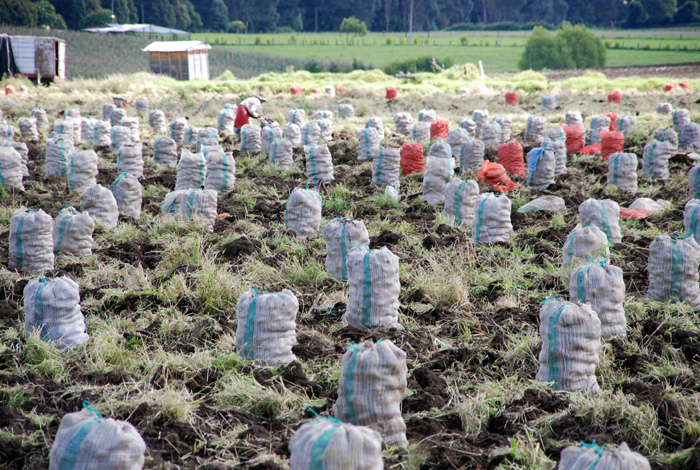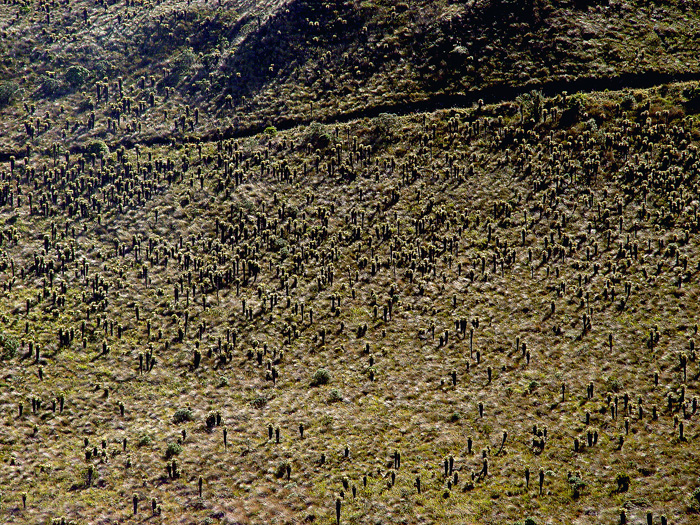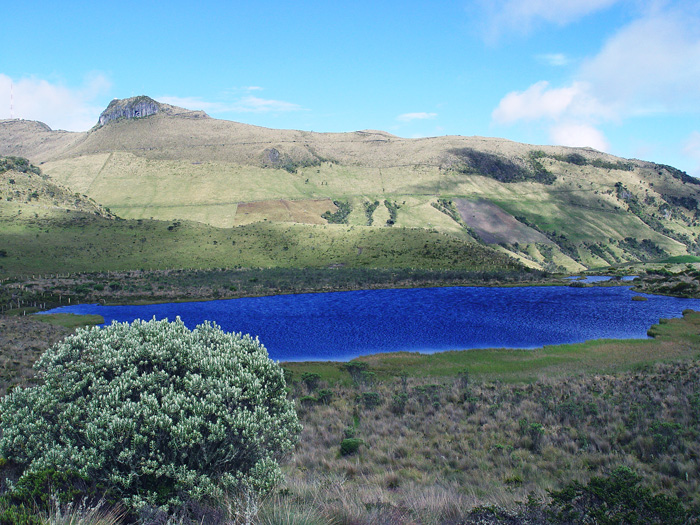Óscar Rojas, MS student of Biology at the Universidad Nacional de Colombia, Restoration Ecology expert, claims that dramatic climate changes during the last years strongly affect those high mountainous ecosystems.
"During intense summers, such as the one at the beginning of last year, the páramos are much damaged, because their soils need high water retention. Of course, they are beneficed by rainy periods, but those don"t come regularly anymore, now they are usually shorter, but with more intense precipitations, something that is not ideal," explained Rojas.
The young researcher affirms that not long ago the term "páramo" was only used in Latin America, but due to studies and scientific comparisons, now it extends to high mountainous ecosystems in Africa and Guinea, areas that are near the Equator.
Jennifer Insuasty, also from the Restoration Ecology Group at the Universidad Nacional de Colombia, affirms that, for instance, according to the results of studies completed in the Chingaza National Park "one of the main water sources of Bogotá", the strong summer that went up to early April affected the growth of Frailejones (Espeletia) and other plants with which it was expected to restore the vegetation of the area.
"Because the plants could not obtain enough water, they were not able to grow properly. The leaves that we were measuring within the study died. However, some plants were able to resist the drought," said the MS student.
At present, due to the variety of páramos in Colombia, the country leads the research on this ecosystem, affirms Óscar Rojas. "We shouldn"t expect less than that; Colombia has a great responsibility on the knowledge of this matter, and on its good employ."
The task is not an easy one. In the country, potato cultures, lime and coal mining at high mountainous areas, and animal husbandry threaten the páramos. The problem lies on the fact that the destruction of those ecologic sanctuaries is directly related with the amount of freshwater that can have at their disposal big cities such as Bogotá.
The vegetation of those high mountainous areas grows very slowly, so every harming effect will last for years. Today, climate change is an additional factor with which scientist should deal when creating native vegetation restoration plans.
 Correo Electrónico
Correo Electrónico
 DNINFOA - SIA
DNINFOA - SIA
 Bibliotecas
Bibliotecas
 Convocatorias
Convocatorias
 Identidad UNAL
Identidad UNAL





